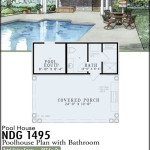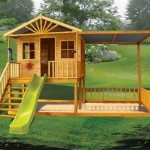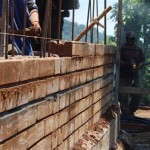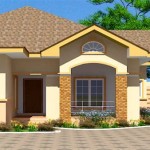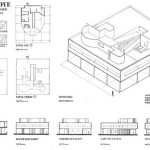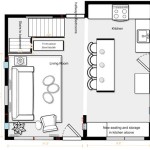Traditional Hawaiian House Plans
Traditional Hawaiian architecture reflects a deep connection to the land and a resourceful approach to building with natural materials. These structures, designed for the tropical climate and the specific needs of Hawaiian society, offer a fascinating glimpse into the islands’ rich cultural heritage. Understanding the principles behind these house plans reveals a sophisticated system of sustainable living that continues to inspire architects and builders today.
Several key features distinguish traditional Hawaiian houses. Firstly, they were predominantly single-story structures built on a rectangular platform, often raised slightly off the ground for ventilation and protection from moisture. This platform, or foundation, was typically constructed of stones or coral, providing a stable base. Secondly, the framework was primarily made of strong, durable wood, such as koa or ohia, lashed together with natural fibers like olona. No nails or metal fasteners were used in the traditional building process.
The roofs of traditional Hawaiian houses were steeply pitched, designed to shed the abundant rainfall. These roofs were thatched with pili grass, a native plant known for its durability and water resistance. The thick thatching provided excellent insulation, keeping the interiors cool in the hot Hawaiian sun. The steep pitch also allowed for efficient drainage, preventing water accumulation and damage to the structure.
Walls were often less substantial than the roofs, reflecting the mild climate. Materials like woven lauhala mats or thinner wooden planks were used, allowing for natural ventilation and airflow. The open design promoted a connection with the surrounding environment and facilitated a comfortable indoor temperature even without modern climate control systems. Some houses featured removable wall panels, allowing for flexibility in configuring the space and adapting to changing weather conditions.
Traditional Hawaiian houses were designed with specific areas designated for various activities. While the concept of separate rooms as found in modern homes was not typically present, designated areas within the larger space served distinct functions. Sleeping areas were often located towards the back of the house, while areas for cooking and food preparation were situated closer to the front or sides, allowing for smoke to dissipate easily.
Several different types of traditional Hawaiian houses existed, each serving a specific purpose. The *hale noa*, or common house, was the most prevalent type, used for general living and sleeping. Larger structures, known as *hale aliʻi*, served as residences for chiefs and members of the nobility. These houses were often more elaborate in their construction and decoration, reflecting the higher social status of their occupants. Other specialized structures included the *hale mua*, or men's eating house, and the *hale ʻaina*, or women's eating house, reflecting the traditional gender roles within Hawaiian society.
The orientation of traditional Hawaiian houses was also significant. Houses were often positioned to take advantage of prevailing winds and to maximize natural light. The entrance typically faced the ocean or a significant landmark, reflecting the importance of these elements in Hawaiian culture. Positioning the house in harmony with the natural surroundings was a key consideration in the building process.
The construction of a traditional Hawaiian house was a communal effort, involving the entire family and often the wider community. Specialized knowledge and skills were passed down through generations, ensuring the continuity of these building traditions. The process was not merely about erecting a shelter but also a spiritual undertaking, infused with cultural significance and respect for the natural world.
Modern interpretations of traditional Hawaiian house plans continue to draw inspiration from these ancestral building techniques. Contemporary architects and builders are incorporating elements like natural materials, open floor plans, and passive ventilation strategies into modern designs, creating homes that resonate with the spirit of traditional Hawaiian architecture while meeting the needs of contemporary living.
Studying traditional Hawaiian house plans offers valuable insights into a sustainable and culturally rich approach to building. The emphasis on natural materials, passive cooling techniques, and a harmonious relationship with the environment provides a model for contemporary sustainable design and a testament to the ingenuity of traditional Hawaiian builders.
The legacy of these traditional structures is not simply architectural but also cultural. They represent a deep connection to the land, a respect for natural resources, and a communal approach to building that continues to inspire and inform modern architectural practices in Hawaii and beyond.

Secrets Alpha Sacred Hawaiian Style Homes Floor Plans House Maisons Tropicales Maison Sims De Plage Rêve

Layout For Hawaiian Home Floor Plans Tropical House Design Homes

Hawaii Style Designs Plans Teak Bali

Popular Hawaiian Home Styles And Pre Design Options Luva Real Estate

Residential Timber Home Hawaiian Paradise Hamill Creek

Traditional Pole Houses May Be Ideal Shelters For A Weather Ravaged Future

78 Hawaiian Houses Ideas House Homes Hawaii

How This Hawaiian Designer Plans To Modernize Traditional Island Style

Kauna Oa Traditional Hawaiian Residence Tropical Living Room Hawaii By Stephen Green Architecture Inc Houzz

Popular Hawaiian Home Styles And Pre Design Options Luva Real Estate


